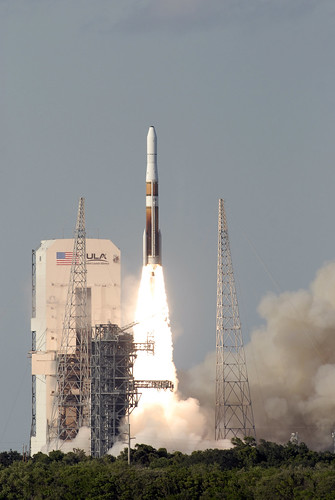Imagine a nightmare scenario
You are out walking, carelessly stumble and break your ankle. You can’t afford medical care (or it simply isn’t available) so you have to live with the pain and just wait for it to heal on its own. Because the break was never set properly, it never heals properly and you spend the rest of your life hobbled with a severe limp and a weak ankle which is prone to breaking frequently.
Sounds extreme? Unlikely?
Not if you’re living in Nigeria.
Here, in one of the poorest and most densely populated countries in the world, minor illnesses and injuries can be a big deal.
 Enter a Hero
Enter a Hero
Sue K. is a Registered Nurse at a teaching hospital in Wilmington, Delaware. She’s been invited to participate in a two week long medical mission to Oyo state in western Nigeria.
Once there, Sue and the other doctors and nurses in her group, will do three valuable and important things:
- Provide free medical care to all who need it.
- Train local doctors and nurses in the latest western medical practices.
- Donate approximately 50 cases of medical supplies and equipment to the hospitals and clinics hosting their group.
Sue Needs Your Help!
Once in Nigeria, all of her expenses are paid for by the charity sponsoring the mission. However it’s her responsibility to get there and back.
All told, Sue needs to raise about $2,300 in order to make the trip.
That may seem like a lot but she really only needs 200 or so people to kick in $10 each and she’s basically there.
And what if she falls too far short of her goal to afford to go? Or — best of all worlds — actually collects way more than she needs?
Well if she doesn’t collect enough, the people of Nigeria would miss out on the services of a dedicated and experienced nurse. (Sue’s been an RN for 13 years and has even trained dozens of other nurses, since she works at a teaching hospital.) However, she has pledged to donate all the money received and use it to buy even more supplies to give to the Nigerian hospitals and clinics.
If she collects more than she needs, any excess will be used to buy supplies to give to the hospitals and clinics.
What’s In It For You
Aside from the wonderful feeling of doing something truly good in the world, Sue is offering two bonuses for those who support her. The fact that they are small allows her to devote 100% of the donations toward helping the people of Nigeria.
- While in Nigeria, she will take her camera and take pictures of the work that the mission does. Those photos will be posted in a private portfolio online. Only those donors who give $10 or more will be given access to view the photos.
- For anyone generous enough to donate $100 or more, Sue will find a local Nigerian vendor and purchase a small handcrafted souvenir. Upon her return home, she will mail the souvenir to you along with a note of thanks. (Plus you’ll also get access to the online photos.)
To see a video of Sue talking about the mission in her own words and find out more, go to http://igg.me/p/219228.




 What I do know is that it’s very green here. I couldn’t even begin to guess how many different varieties of trees grow within 100 miles of me. Surely it’s in the thousands. I have ten different kinds in my back yard alone. There are at least twenty more among the other yards on my block.
What I do know is that it’s very green here. I couldn’t even begin to guess how many different varieties of trees grow within 100 miles of me. Surely it’s in the thousands. I have ten different kinds in my back yard alone. There are at least twenty more among the other yards on my block.

